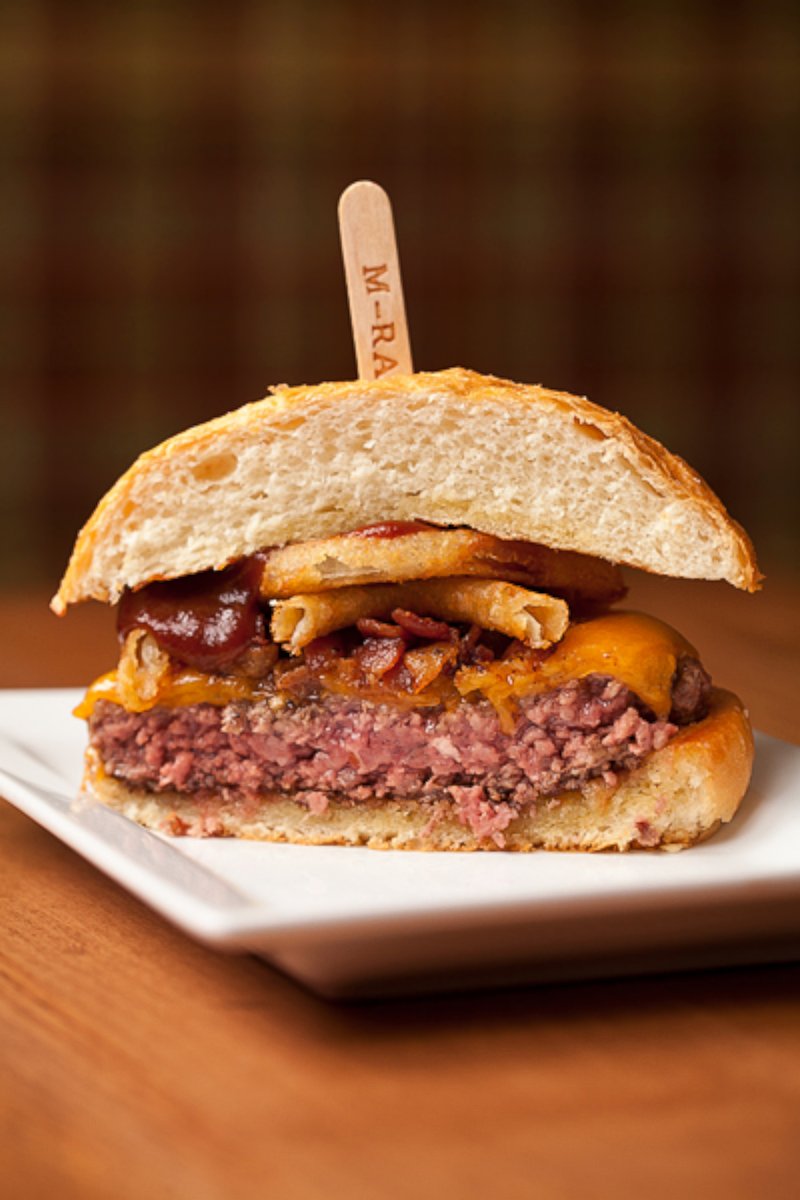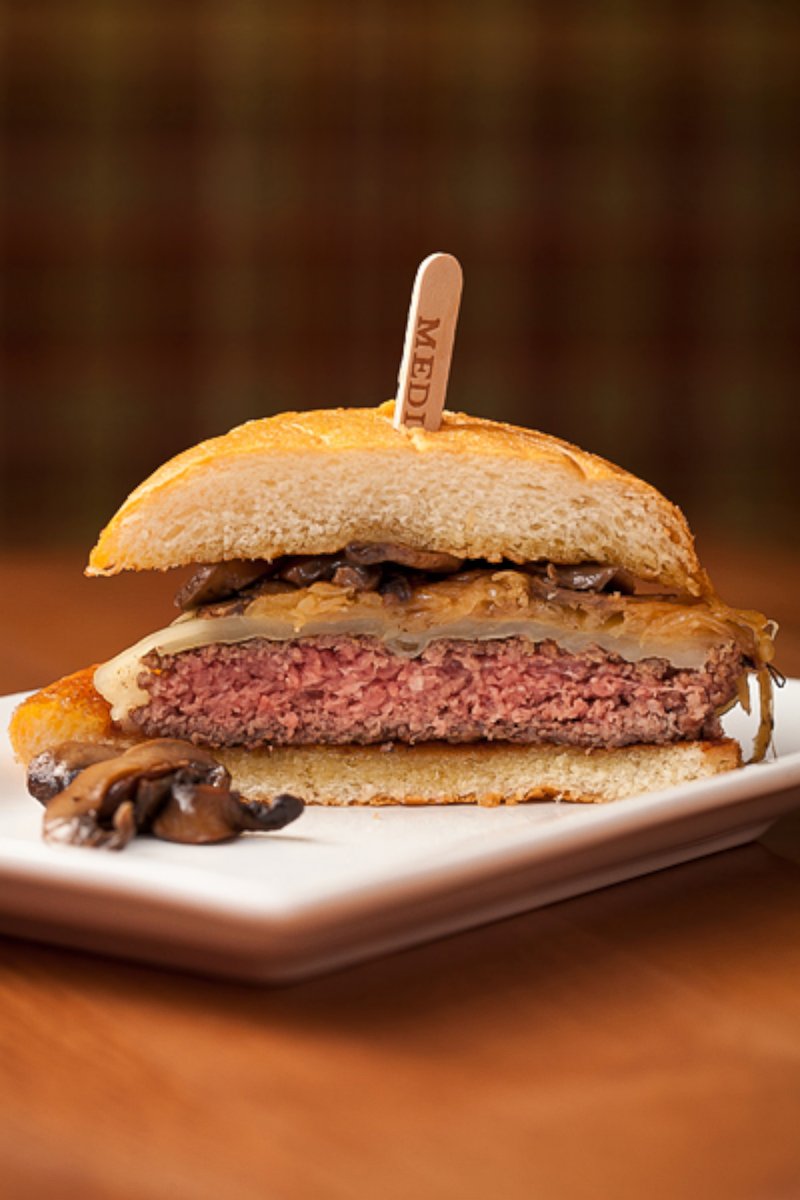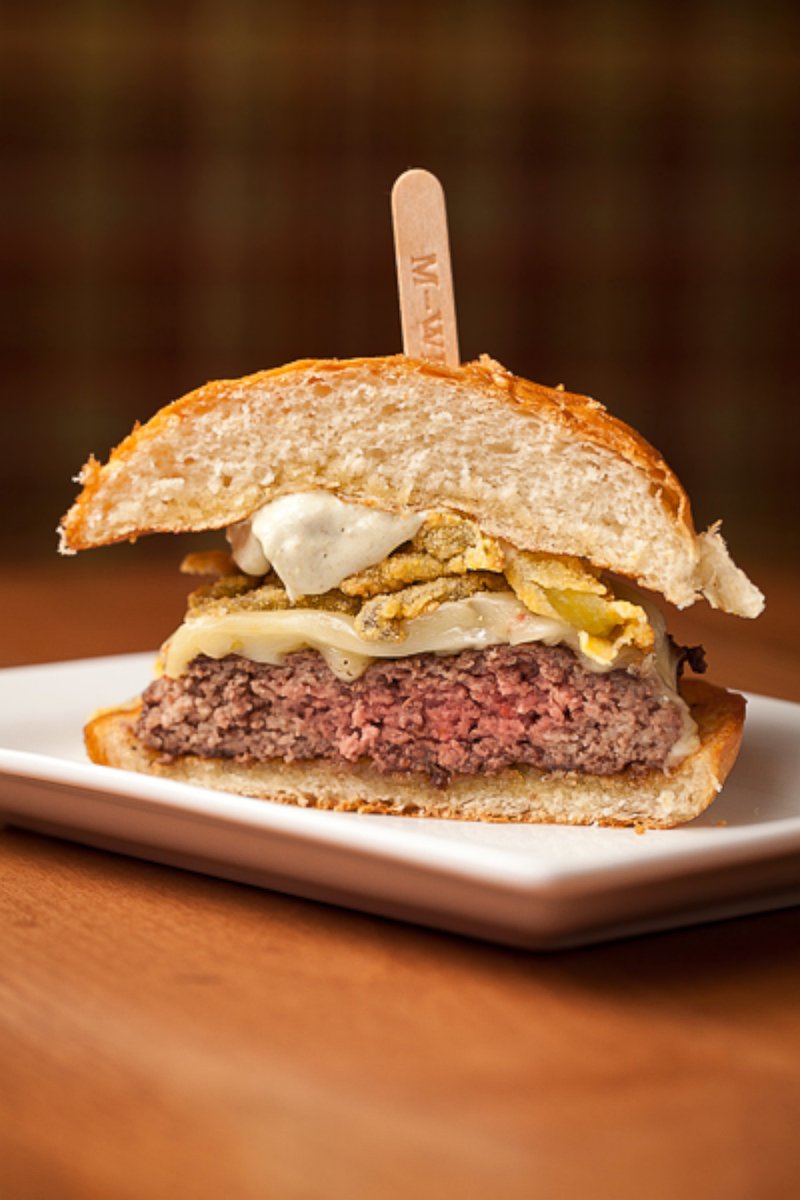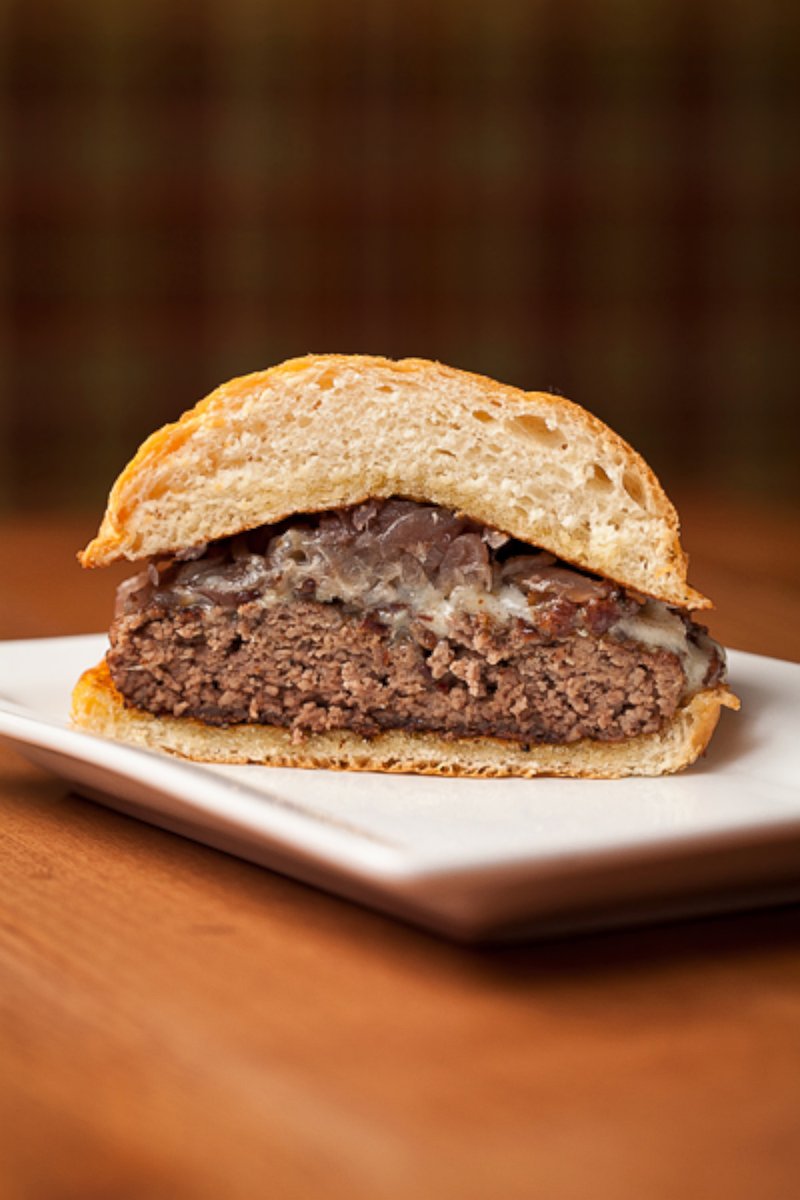Burger Safety 101: Browner Not Always Better
Amid an E. coli outbreak, learn how to keep your patty safe.
May 20, 2014— -- An E. coli outbreak tied to ground beef has sparked a stern warning from health officials: Beware the rare patty.
The outbreak has sickened 11 people in four states, prompting a nationwide recall of 1.8 million pounds of ground beef sold to both restaurants and retailers, according to the U.S. Department of Agriculture.
At least some of the illnesses have been linked to undercooked hamburgers, according to Dr. Robert Tauxe, the deputy director of U.S. Centers for Disease Control and Prevention’s division of foodborne, waterborne and environmental diseases.
So how do you know if your hamburger’s safe? It’s not as simple as you think.

“With ground beef, color is not a reliable indicator of doneness,” said Marianne Graveley, a specialist at the USDA’s meat and poultry hotline.
Meat that’s still pink may be well-done, Graveley said, and meat that’s brown may need more heat.
“We used to have different campaign: It’s done when it’s brown in middle,” she said. “Now we say to use a meat thermometer. It’s the only way to know that it’s safe.”

USDA recommends that hamburgers be cooked to at least 160 degrees internally. But it’s no secret that few of us take the temperature of our patties, and many of us prefer them rare.
“We would never recommend that,” Graveley said. “The risk of food poisoning is too great. People have gotten very sick from very small amount of food. We just don’t think it’s worth the risk.”
Eating ground beef is riskier than eating a steak, according to Marc Bauer, a chef and instructor at the International Culinary Center in New York City. That’s because bacteria stay on the outside of steak and can be killed when the meat is seared. When beef is ground, the bacteria become mixed throughout, Bauer said.

Bacteria start to die at around 140 degrees, making rare meat the riskiest because it’s cooked to temperatures in the 130s, Bauer said.
If consumers do opt to cook meat to lower temperatures, Bauer said they should be aware that children, the elderly and those with compromised immune systems are at greater risk of coming down with foodborne illnesses. He also said it’s important to keep meat below 41 degrees before cooking it and serve it immediately after it’s cooked.
The ideal temperature range for bacteria to grow is between 40 and 140 degrees, which is why the USDA calls it the "danger zone." To avoid it, keep hot foods hot, and cold foods cold, Graveley said.





